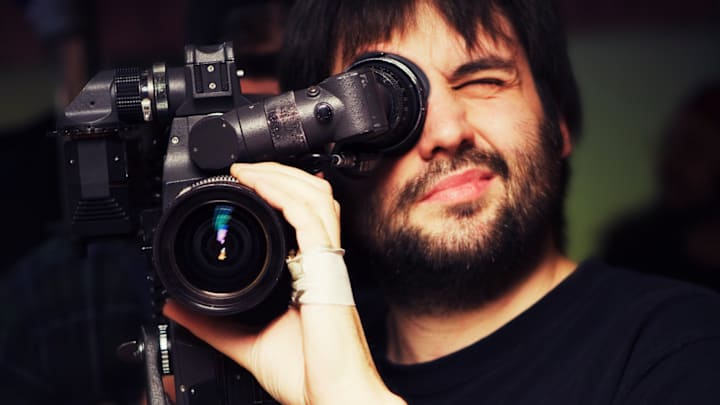Few criminal cases gripped the public’s attention quite like the disappearance of the Lindbergh baby. In March 1932, Charles Lindbergh Jr., the infant son of famed aviator Charles Lindbergh, went missing from their home in Hopewell, New Jersey, and was subsequently held for ransom. The kidnapping drew widespread attention and ended tragically when the infant’s body was found in May of that same year.
When Bruno Hauptmann was arrested in 1934 and subsequently tried for the kidnapping and murder of the baby in 1935, the ensuing media attention was enormous. More than 700 journalists attended the trial and proved to be disruptive, blinding people with flashes. It was the first time the American judicial system had to grapple with whether the press had a right to film or photograph court proceedings, a controversy that persists with high-profile cases to this day.
Why, for example, was America able to watch the O.J. Simpson trial, but not that of Theranos founder Elizabeth Holmes? It often has to do with whether a case is being tried under federal or state law.
Following the Hauptmann debacle—his legal counsel even tried to get his conviction overturned, owing to the frenzy—the American Bar Association (ABA) instituted a ban on cameras (still or motion) inside a courtroom in 1937.
But that prohibition didn't necessarily stand up to state or federal law. In the 1960s, judges in Texas had the discretion to allow cameras or not. When they opted in, there were controversies: At least two convictions were overturned, with defendants arguing that media coverage had denied them a fair trial, giving ammunition to the anti-camera contingent.
The Supreme Court weighed in during the 1980s when it declared courts in Florida could permit broadcast coverage if they so chose, even if the defendant objected. (Some states require both parties agree to coverage; as a rule, federal courts rarely allow cameras.) In 1982, the ABA also repealed its 1937 mandate.
It is, of course, in the interests of the news media to have coverage permitted, and news organizations often ask courts to allow cameras, citing First Amendment rights to public information or a Sixth Amendment right to a public trial. But "public" doesn't necessarily mean "televised." In 2004, Judge Rodney Melville fielded such requests for a pre-trial hearing in the Michael Jackson trial, in which Jackson was accused of child molestation. Melville denied the press a hearing on the matter, and prohibited cameras inside the courtroom. (Jackson was found not guilty.) In 2011, however, Judge Michael Pastor permitted cameras in the trial of Dr. Conrad Murray, who had attended to Jackson prior to the singer's death and was charged with involuntary manslaughter. (Murray was found guilty.) Pastor asked news media outlets to submit their proposals on camera placement so they were as unobtrusive as possible.
Because there is no constitutional ban on cameras, states are largely free to permit or refuse such coverage. Reasons for prohibiting cameras could include being persuaded by arguments that witnesses may be more nervous or that attorneys or witnesses might “play” to a television audience. Pro-camera arguments state that public viewing leads to transparency in the justice system. In the end, it’s often up to judges whether their proceedings become must-see TV or not.
